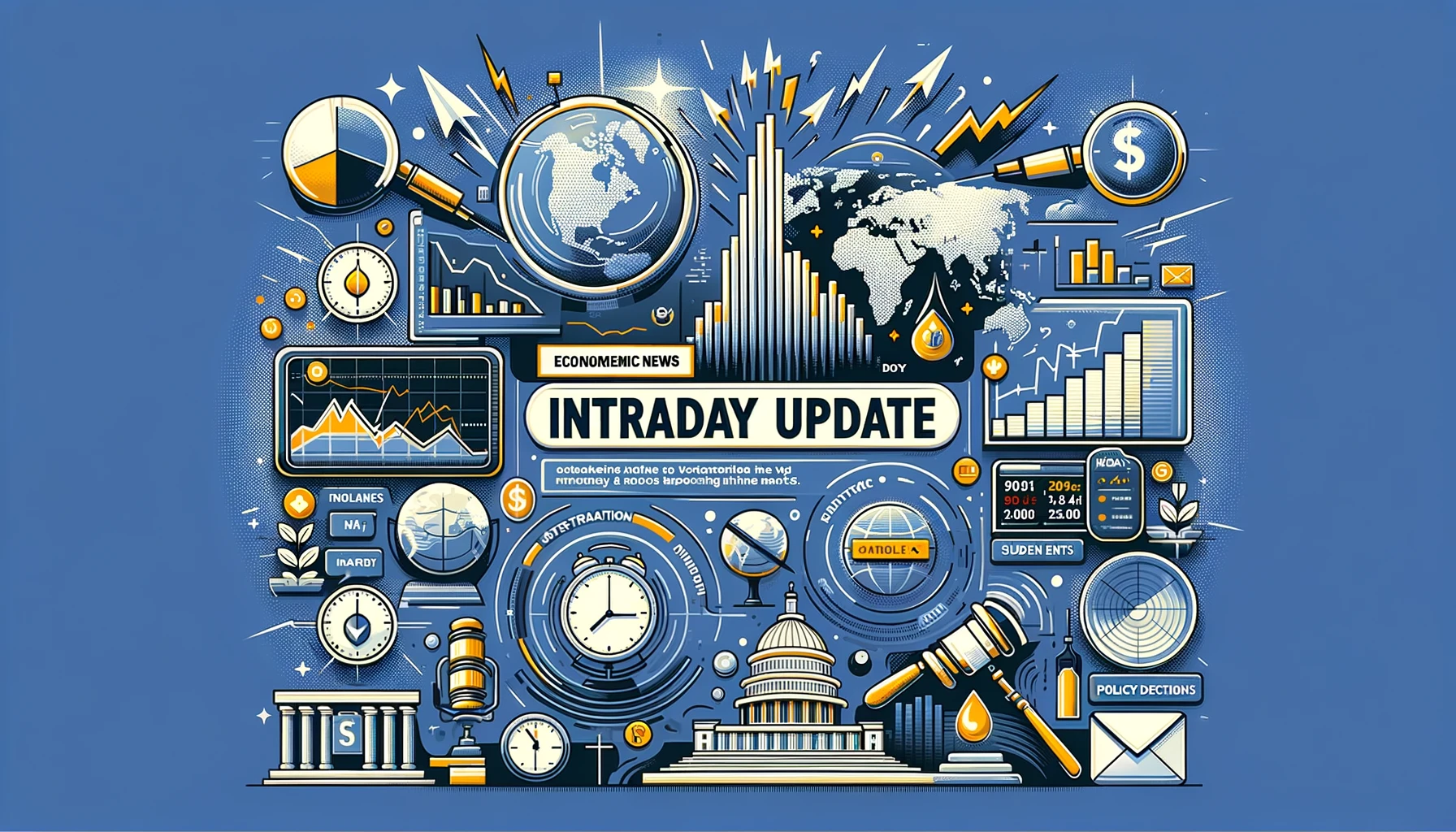Strengthening Dollar Amidst Inflation Concerns
The U.S. dollar is experiencing a rebound, primarily driven by the latest Employment Cost Index, which rose by 1.2% in Q3, indicating the fastest pace of increase since the same quarter in 2022. This surge in employment costs contributes to a broader narrative that the U.S. economy remains robust, characterized by persistent services inflation and a tight labor market. Such economic indicators suggest that inflationary pressures remain higher than preferred, likely influencing the Federal Reserve’s monetary policy stance.
Fed Chair Jerome Powell is anticipated to address these issues, potentially tempering market expectations regarding the ease of upcoming rate cuts. This scenario underpins a likely continuation of a cautious policy approach, which could further support the strength of the dollar as it reflects underlying economic resilience.
Oil Prices: Influences of US Production and Geopolitical Tensions
Oil prices have declined by 1%, influenced by an increase in U.S. crude production and the optimistic outlook regarding a ceasefire between Israel and Hamas. The significant rise in U.S. production to 13.15 million barrels per day in February marks the most substantial monthly increase since October 2021. This increase in supply, coupled with the potential reduction in geopolitical risk, contributes to the downward pressure on oil prices.
Despite the ceasefire hopes, ongoing regional tensions, particularly continued attacks by Yemen’s Houthis, sustain a baseline risk premium on oil. However, the broader oil market sentiment remains cautious, partly due to expectations of the Federal Reserve’s policy directions.
Impact of US Interest Rates on Oil Demand
The prospect of sustained high interest rates for longer in the U.S. with Federal Reserve inclinations, has significant implications for oil demand. Higher interest rates typically strengthen the dollar, making oil more expensive for foreign purchasers, which can dampen global demand. Moreover, elevated borrowing costs can slow economic growth and reduce consumer and business spending, including on energy.
This scenario is crucial for oil markets, where demand expectations are adjusting to the reality of potentially prolonged higher interest rates. If the Federal Reserve opts to raise rates or maintain them at higher levels longer than expected, oil prices could face additional headwinds.
Conclusion
Overall, the interplay between strong U.S. economic indicators and higher interest rates supports the dollar but poses challenges for oil markets. The strength of the dollar, reinforced by robust domestic economic data, continues to exert influence in currency markets, while the global oil demand outlook remains tempered by the prospect of higher U.S. interest rates and significant supply levels. As these dynamics evolve, market participants will need to closely monitor Federal Reserve actions and geopolitical developments, which will play critical roles in shaping market trends in the near to medium term.





